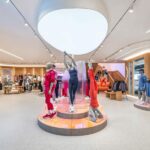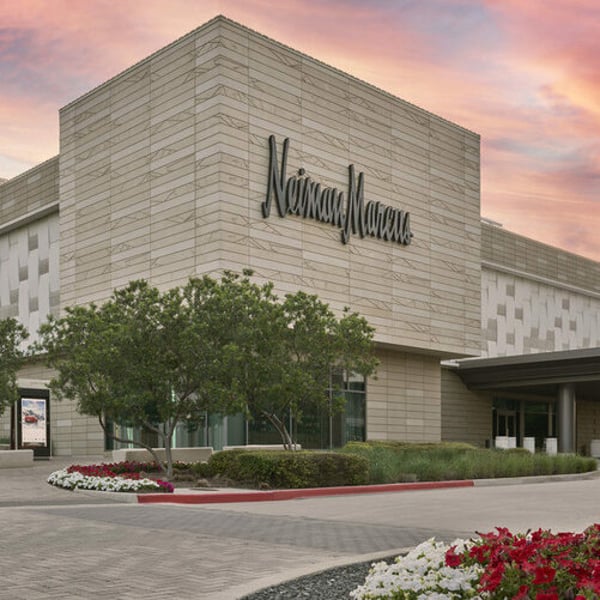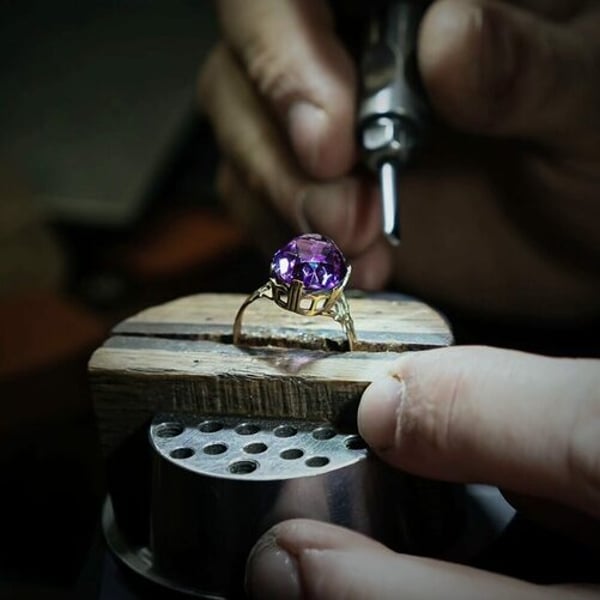When the Coney Island Cyclone opened 98 years ago this month, it became and still is the second-steepest wooden roller coaster in the world. Despite its vertiginous experience, it also stands as a relic of when things were done differently, as building codes would require steel construction around the middle of the 20th century. The ride is infamous; there have been deaths and injuries caused by it.

Still, when the weather is nice, there is hardly a more sublime experience than riding the attraction overlooking the beach and Atlantic Ocean. Bumps, jerks, stops and starts regularly accompany the ride. It’s analogous to today’s department store experience, an institution that pre-dates the famous attraction in the U.S. by about 100 years.
In many ways, it has become a relic of another era, as the digital age, economic downturns, shopping tourism, direct-to-consumer brands and the rise of specialty boutiques and mono-brands have offered commerce alternatives. While most news looks dire, some bright spots exist in the landscape.
Saks Global
As the story that has dominated U.S. retail news for two years, the events surrounding the merger and acquisition of the Neiman Marcus Group, to include Bergdorf Goodman by Hudson’s Bay Company—which formed Saks Global to include the American assets of the Canadian holding company—are fascinating, often incredulous and at least a bit abusive to its vendors. According to a source familiar with the situation who spoke on anonymity, the deal has many factors that don’t bode well for its future survival.
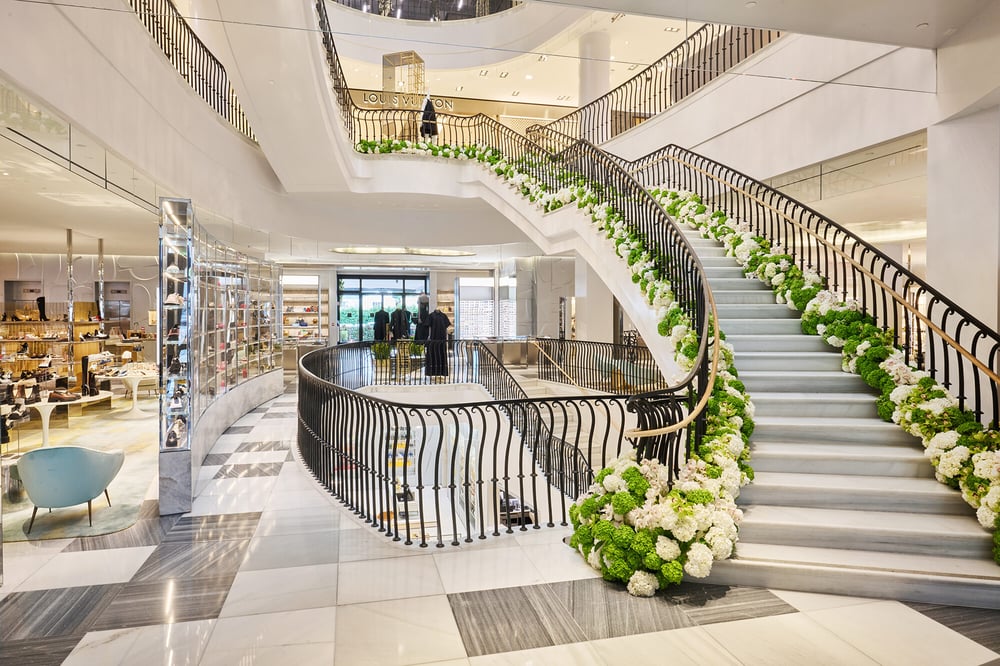
HBC had been eyeing a deal to acquire the beleaguered Neiman Marcus Group even before Neiman Marcus’s bankruptcy filing in May of 2020. Within the HBC group, Hudson Bay, Saks, and Saks Off Fifth were in danger of going bankrupt. It’s believed that to attract investors such as Rhône Capital and Amazon, having prestige brand names such as Neiman Marcus and Bergdorf Goodman was required. Thus, it is based on performance and not brand value. In simplest terms, an anaemic entity was to be the savior for another one.
Shortly after the acquisition deal, which was made final in December of 2024, in March 2025, HBC declared bankruptcy and quickly went into liquidation of all its properties and one Saks store in Canada by April. If investors and sellers knew this was the plan from the get-go, it would seem dubious as they continued to take stock from vendors. An article in the Jacobin asserts the company founded in 1670 in England didn’t die of natural causes but rather from being “gutted by private equity and stripped of assets and loaded with debt.”
Another questionable aspect was that while the Saks deal was being organized, its vendors weren’t paid for upwards of two years. Many assumed payments would begin immediately in January 2025, Neiman Marcus also started to delay payments to its vendors. As of June, the company had announced 90-day terms on all new deliveries for all three stores, crippling payment terms for many small and mid-sized brands, and promises to pay all past due monies, totaling about $275 million via installments beginning in July, to be completed by the second quarter of 2026, according to WWD. On the topic of vendors, Saks also recently announced that it will be dropping 600 vendors. Given the number of brands who spoke off the record that they were the ones to drop the tony retailer, that number was likely partially reached through attrition.
According to Bloomberg, Saks Global Enterprises had an adjusted loss of more than $100 million last fiscal year, which they announced one day after announcing a $350 million financial lifeline. The company needs to start making the first of its $120 million interest payments on the $2.2 billion in bonds it sold to buy NMG for $2.7 billion, also according to WWD. The company announced in May that it is securing financing commitments, ostensibly with very high interest, to reach $700 million in liquidity in total.
If profitability is reached through sales, reducing your assortment by 600 vendors and having collective buying power for all three major luxury stores under the group—Saks Fifth Avenue, Neiman Marcus, and Bergdorf Goodman—it does beg the question: if each entity can maintain the kind of retail excitement and unique POV that made them leaders in the field?
There is also the question of monopoly. Under the Biden administration, a merger between Tapestry and Capri was blocked due to violating FTC antitrust rules. While retailers don’t typically set pricing, having the top three department stores in the U.S. under one company—according to a company press release, makes them the “largest multi-brand retailer in the world”—will result in a strong arm for negotiating terms with vendors.
Neiman Marcus
Meanwhile, despite having some splashy events since restructuring out of bankruptcy, such as high-end in-store brand activations and the revival of its famous awards ceremonies, Neiman Marcus is still not on solid ground, literally and figuratively.

At the time of this writing, the fate of its original downtown Dallas flagship store is murky. A recent visit to the store in May was reminiscent of Barney’s New York closing when the multi-level retailer, chock full of the brand’s history via photographs on the walls of retail visionary Stanley Marcus, who brought innovation and celebrities to the store itself for high profile events, resembled a ghost town. With merch offerings sparse and uninspiring, it was the epitome of the general malaise facing these stores.
Due to unique land lease laws in Texas, the city of Dallas also has a say in the building’s future. While it’s not confirmed, the discussion is centered around making the space a fashion arts center that would support fashion designer studios and serve as a venue for shows, among other fashion cultural events. It will most likely cease operation as a store by December 2025.
Barneys New York
While some believe the closing of Barneys New York in 2019 was the first significant luxury department store death knell, what’s left in its wake is both ominous and hopeful. In the ominous sense, the two large commercial footprints on Seventh Avenue (55,00 square feet) and Madison Avenue (150,000 square feet) the brand owned remain empty. While both have hosted temporary exhibitions, fashion shows, and large-scale vintage flea markets, neither has found permanent tenants, retail or otherwise. According to Adelaide Polsinelli, vice chairman of Compass Real Estate, today’s retail market is not looking for that much space. But there is an alternative.
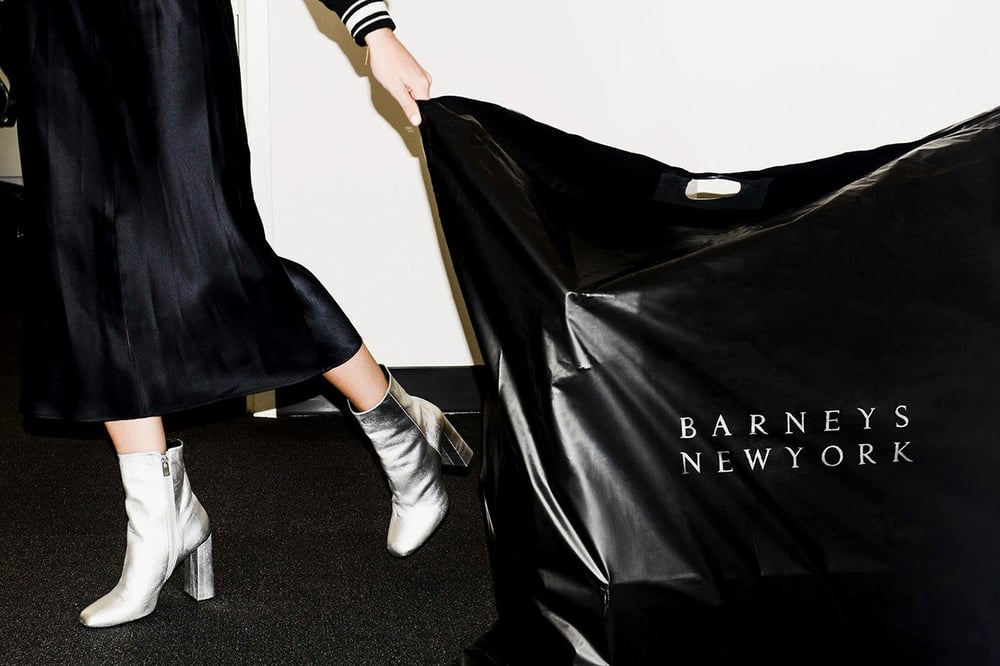
“Department stores in New York City are no longer viable in most cases. The one-stop, multi-level destination model is outdated in an era of e-commerce and curated, experiential shopping. There is a future for hybrid concepts that combine retail with lifestyle, dining, and digital integration. Adaptive reuse could work for this type of experiential retail, medical or wellness flagships, cultural institutions, branded residential lobbies, showrooms, non-profits, galleries or Food & Beverage concepts,” Polsinelli said, adding, “But to make that happen, the basis for acquisition cost and financing must be recalibrated to today’s lower values.”
“The real estate market is in one of the worst cyclical declines in over a decade, with department stores in particular having an existential moment,” Polsinelli continued, adding, “In New York City, the department store of the future will likely be smaller, more curated, and focused on community and brand storytelling. It’s no longer about volume—it’s about experience, and landlords and retailers who understand that will be the ones to thrive.”
Ironically, Saks had purchased Barneys New York name and dedicated a section of its flagship to sell merchandise curated in its spirit, but it was never really the same. Closer to that and to Polsinelli’s point, the beauty brand Hourglass co-branded and created a Barney’s New York pop-up last fall in Nolita that was the best attempt at reviving the legendary retail name and experience.
Nordstrom
The Seattle-based retailer addressed some of what was ailing it—its 2024 revenue and EBITDA were approximately between 5 and 25 percent below 2019 levels, partially due to the overall lackluster retail environment as well as promotional efforts like the Nordy Club and external theft, which resulted in severe losses —and took matters into their own hand literally.

The family-run business partnered with El Puerto de Liverpool, one of Mexico’s largest and most successful retail chains, which had previously taken a 10 percent stake. The Nordstrom family, which currently controls about a third of the company, will hold a majority ownership stake of 50.1%, whereas Liverpool will own 49.9%. This move allows Nordstrom to be nimbler in reference to decision-making and restructuring without answering to its shareholders. Industry observers believe Nordstrom’s established brand and strategic private ownership could enable the chain to adapt to evolving consumer preferences and regain its competitive edge.
Bloomingdale’s
The U.S. luxury retailer Bloomingdale’s, once earning the tagline “Like No Other Store in the World,” doesn’t see as much fanfare and prestige as the other stores, but it’s thriving better than the rest. As one fashion brand recently told FashionNetwork.com, “It’s like a vibe when you go in there; the music is blaring, it’s bustling, and feels exciting to go in there.”
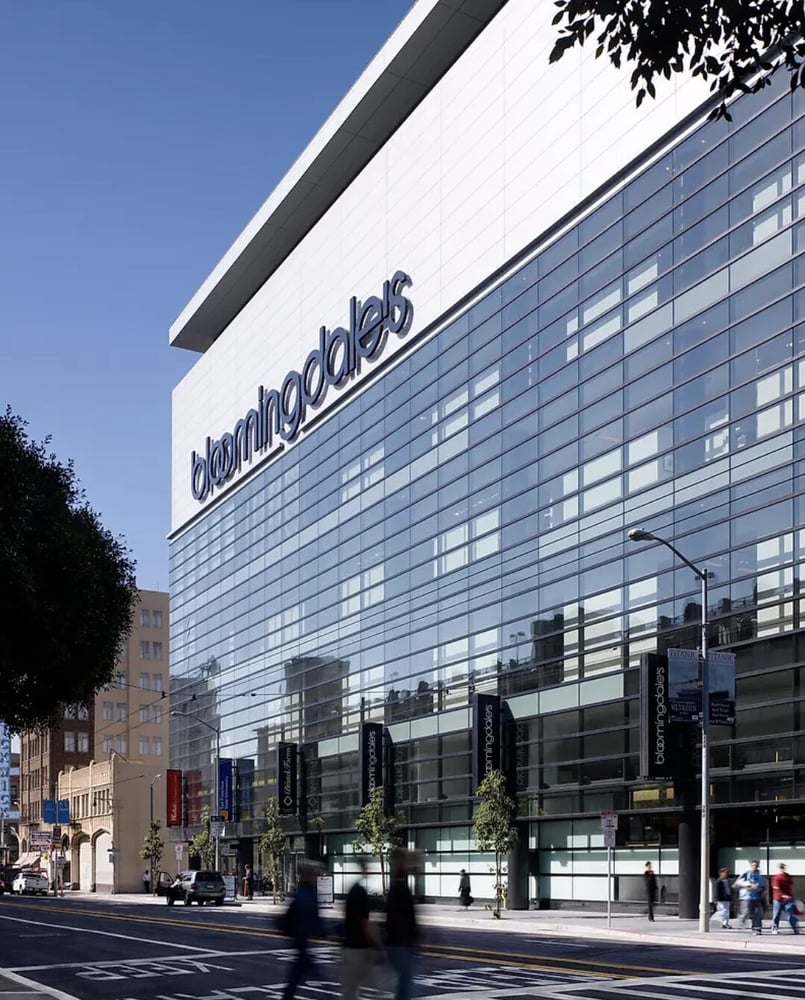
While the 150-year-old institution came into pop culture recently playing a cameo role on HBO Max’s “The Gilded Age”, this vibe may be the result of Olivier Bron, a French executive whose CV includes Galeries Lafayette and Central and Robinson Department Stores in Thailand, who arrived in November 2023.
The executive brings international experience and is cautious regarding physical expansion, especially internationally and its outlet property Bloomies, but sees potential for U.S. growth. Bron aims to ramp up accessories offerings and luxury brand storytelling, which will be added by renovating the fourth and fifth floors, which carry designer merchandise. Bron has also stated that a new online marketplace launch was not an attempt to compete with Amazon but rather a way to test new brands to add to the store.
In an interview with WWD, Bron noted, “Bloomingdale’s volume has grown significantly over the past five years. It’s currently in the range of $3.5 billion to $4 billion, whereas a few years ago, it hovered around $3 billion. In the first quarter of 2024, Bloomingdale’s saw a 0.3 percent comparable sales gain. In the fourth quarter of 2023, comparable sales were down 1.6 percent. It’s also running 30 percent of its business from digital sales.
“We want to be the omnichannel, local leader,” he added.
Printemps
Another bright spot is French department store giant Printemps, which recently opened a New York outpost in the Wall Street neighborhood whose tagline is, “This is not a department store.”

Indeed, with its extraordinary interior design, landmarked design details, five food and beverage spots, and a bevy of exclusive and rare-to-find French labels, it’s ripe to stand out among the competition with the potential to be a smooth and pleasant experience. Hopefully, it can avoid the bumpy rides that inflict misery better than the others.
Copyright © 2025 FashionNetwork.com All rights reserved.


